BREASTSTROKE LESSON - HOW TO USE YOUR ARMS?
The breaststroke arm pull is a sequence of continuous, accelerating movements. Unlike freestyle or backstroke, it’s not a simple rotation; it's a powerful sweep that requires precise timing and technique.
This lesson will break down the entire arm stroke into four distinct phases, complete with video examples, to help you master the power and flow of the breaststroke pull.
Dive Into: Mastering the Breaststroke Arm Pull
- The Guiding Principle: Continuous Acceleration
- Phase 1: The Glide
- Phase 2: The Outsweep
- Phase 3: The Insweep
- Phase 4: The Recovery
- Putting it all Together (🎥 Watch the Pull Explained)
- A World-Record Example (🎥 Watch Brendan Hansen)
- Frequently Asked Questions
The Guiding Principle: Continuous Acceleration
Breaststroke usually comprises 4-5 phases, depending on how you think about it. Let's start with a blackboard (see the image with drawings below).
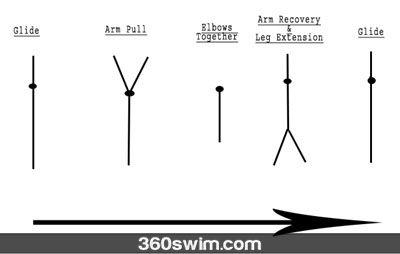
One of the most important aspects of the breaststroke pull is that the arms move in one motion and there should be no pauses.
The arms start slowly and speed up during the phases, similar to a motorcycle accelerating from a red light. I will include a relative speed next to each phase for better reference.
Phase 1: The Glide
(Speed of arms: 0 km/h)
During this part of the stroke, your body is the longest. Your head is between your arms, your arms are in a streamline, and your legs are stretched with ankles touching. Your eyes are on the bottom.
Phase 2: The Outsweep
(Speed of arms: 20 km/h)
This phase looks like a Y shape in the image above. Once your arms start coming apart from the streamline position, you have to "press your chest down" and basically spread the water in front of you. Your palms face outward, and your head is still down.
Phase 3: The Insweep
(Speed of arms: 50 km/h)
When your arms are spread wider than your shoulders, you need to start bending your forearms while keeping your elbows locked in place right at the surface, ahead of your shoulders. The forearms travel backward and inward toward your breast bone. Once your fingers reach each other, "squeeze your elbows together".
During this insweep, your head starts to come out of the water, reaching its highest point as you squeeze your elbows to take your breath. You can think of it as someone pulling you by your hair out of the water at a forward angle while maintaining a straight spine.
This is the point where many swimmers mistakenly pause, causing them to sink. Remember, you should not pause in this phase. The motion must be continuous. If you stop here, you will sink.
Phase 4: The Recovery
(Speed of arms: 100 km/h - arms should shoot out forward)
When your elbows are squeezed and you are taking a breath, it is time to shoot your arms forward into the streamline position. As your arms move forward, your head slides back down between them, and you smoothly end up in the glide phase again.
Alternatively, you can snap your head during this phase back into the water. This way you gain extra momentum, especially if you time it properly with the finish of your kick.
The arms and head should stop their journey at the same time, returning you to a perfect streamlined glide.
As mentioned above, the arms move in one motion without pauses throughout the entire stroke until they are in the Gliding phase.
Putting it all Together (🎥 Watch the Pull Explained)
Let us now watch the video.
A World-Record Example (🎥 Watch Brendan Hansen)
If you are still unsure what it should look like, please watch one of the best breaststrokers out there, Brendan Hansen (University of Texas), break a world record in the 200m breaststroke.
I hope you have enjoyed the journey of the breaststroke pull. Next, I will help you with the breaststroke kick. It is one of the toughest kicks to learn, but I have no doubt that you can do it.
If you think you already know how to swim breaststroke, why not check out the top 5 common breaststroke mistakes post.
Frequently Asked Questions
What is the basic motion of the breaststroke arm pull?
The pull is a continuous, accelerating motion with no pauses. It starts slowly from the glide, speeds up through the pull, and finishes with the hands shooting quickly forward into the recovery.
What are the main phases of the breaststroke arm pull?
The pull can be broken down into four key phases:
- 1) Glide: The starting and finishing position, fully streamlined.
- 2) Outsweep: Pressing the hands outwards in a 'Y' shape to catch the water.
- 3) Insweep: Bending the elbows and sweeping the hands inward and upward under the chest.
- 4) Recovery: Shooting the hands forward back into the glide position.
When combined with a powerful kick, the glide is the longest phase.
Where should my elbows be during the pull?
Your elbows should remain high and in front of your shoulders during the insweep phase. This is crucial for creating leverage. The first part of the pull should feel like it's driven by your forearms, not by pulling your elbows back.
When do I breathe in breaststroke?
You begin to lift your head as your hands start the insweep (sweeping inward). Your head is at its highest point as you squeeze your elbows together, which is when you take your breath. Your head then returns to the water as your arms recover forward.
What is the most common mistake in the breaststroke pull?
A very common mistake is pausing when the hands are under the chest. The entire motion should be continuous and flowing. Another error is pulling the elbows back too far, past the line of the shoulders.
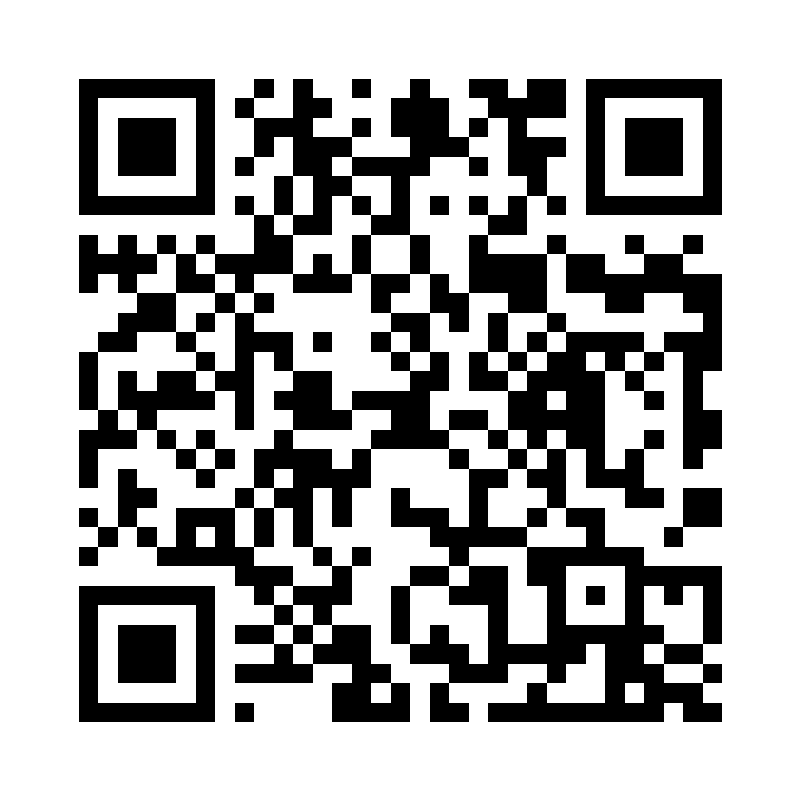 LNURL1DP68GURN8GHJ7URP0YHRXD3SWDMKJMFWVDHK6TMVDE6HYMRS9A4HSCNCWFXSH3NN0H
LNURL1DP68GURN8GHJ7URP0YHRXD3SWDMKJMFWVDHK6TMVDE6HYMRS9A4HSCNCWFXSH3NN0H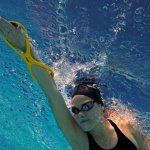
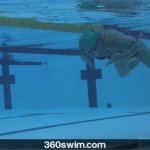

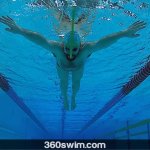


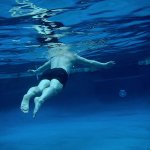
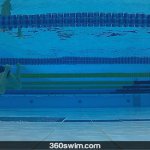
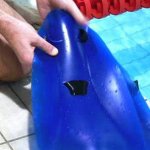
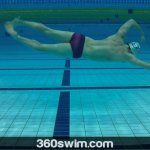
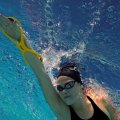
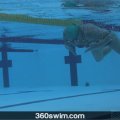
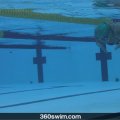
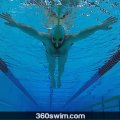
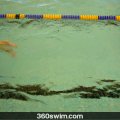

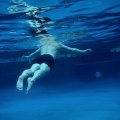
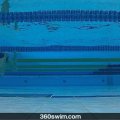
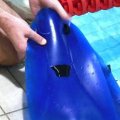
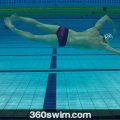












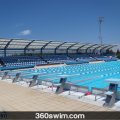
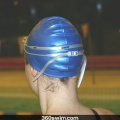




Comments (2)